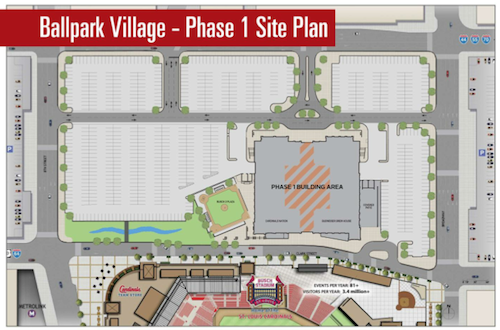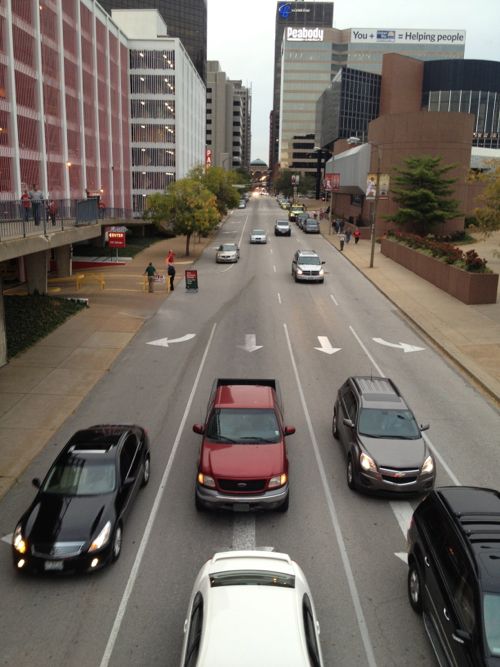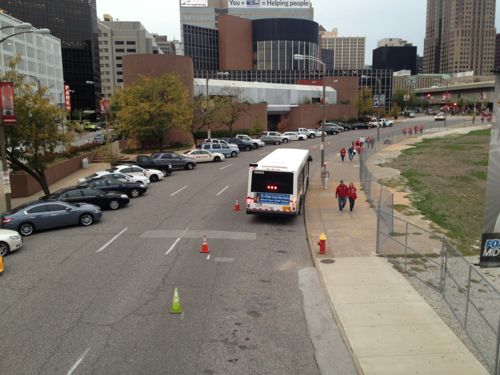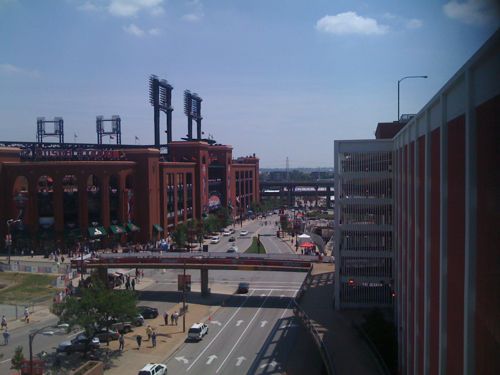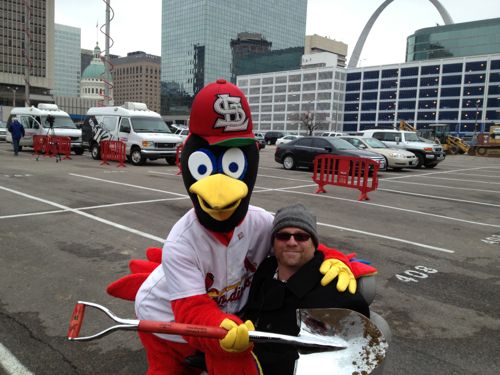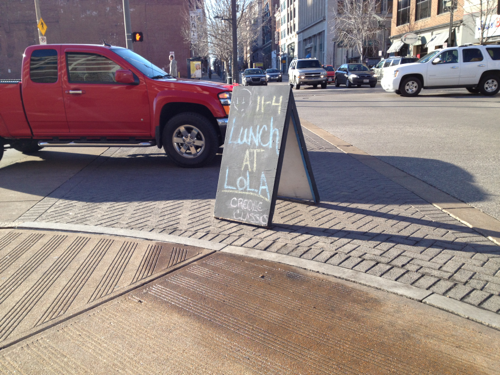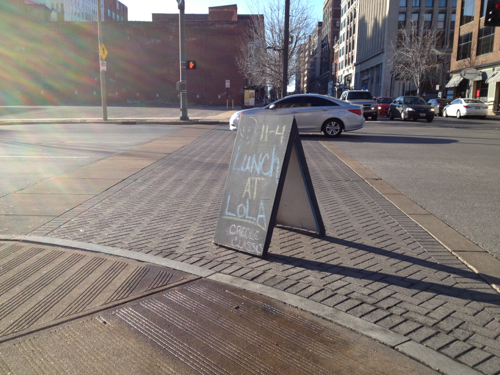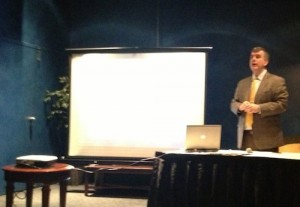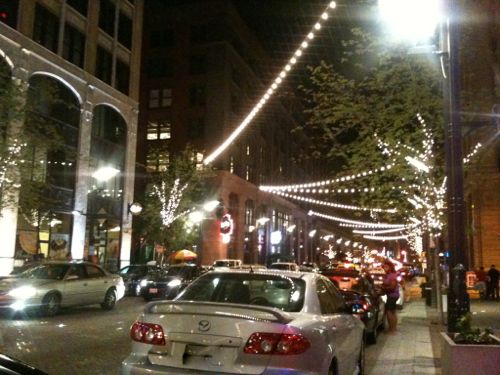Readers: Rams Should Pay For Their Own Facility In STL Region
Two-thirds of readers last week thought the Rams should pay for any new facility, but they’d like them to stay in the region. Here were the results:
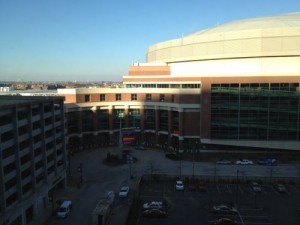
Q: Arbitrators ruled in favor of the Rams regarding the EJ Dome lease, what outcome would you like now?
- Rams to pay for their own facility, but staying in the region 134 [67%]
- For the Rams to move elsewhere 31 [15.5%]
- Other: 19 [9.5%]
- City/county/state pay build a new facility 9 [4.5%]
- CVC/city/county/state pay for the Dome modifications 7 [3.5%]
- Unsure/No Opinion 0 [0%]
Many of the 19 “other” answers indicated some sort of public-private split:
- 50/50
- New stadium financed partially by Kroenke and partially by tax dollars
- they all pay.
- Rams, City, County and fans pay for new facility in downtown
- build a new stadium southwest of busch
- Rams Owners to pay off the OLD facility, then move away to wherever!
- Public-Private partnership for a new stadium
- to get the G4 from the NFL and HELP pay for the NEW DOME in STL
- Rams pay majority to rehab the Dome. Must get more use out of a 17 yr old bldg.
- It will be a combination of city / county / state / NFL & Rams money – new stadi
- Los Angeles Relocation
- Move to Maryland Heights
- Rams build stadium on illinois riverfront
- city state and rams pay. keep stadium downtown
- Agreement for both parties to contribute to a new stadium not downtown
- Rams and CVC/city/county/state pay for Dome modifications
- Stan signs long term lease with no changes needed to current dome : )
- Rams, NFL, CVC/city/county/state pay for facility
- Rams stay, hybrid financing – team + NFL + taxpayers
So why didn’t I include such an option in the poll?
CVC leaders immediately said that it was unlikely the state, St. Louis city and St. Louis County would agree to such an expense. The three are still paying a combined $24 million a year toward the bonds taken out to build the Dome. (stltoday.com)
Because we haven’t paid for the facility we have! The bond holders still expect to get paid regardless of where the Rams play after March 2015. If the Rams want to pay off the remaining debt on the Edward Jones Dome then I suppose some sort of shared effort to finance a new facility could be discussed.
The one topic I’ve not seen covered in all this is the PSL – personal seat license. The City of Charlotte is going through a very similar process with the Carolina Panthers:
Belong Forever.
That’s the Carolina Panthers’ marketing campaign to persuade fans to buy Permanent Seat Licenses, which gives someone the right to buy season tickets for a “lifetime” of football at Bank of America Stadium.
But as the team negotiates with the city of Charlotte for $125 million in public money for stadium renovations, some fans have questioned what their PSLs guarantee them.
The truth: A PSL is only permanent and forever for as long as the team stays in Bank of America Stadium. (Charlotte Observer)
Does it make a difference to Rams PSL holders if the dome gets a major overhaul versus building a new facility in Fenton, for example?
The only site I can think of in the City of St. Louis large enough for a football stadium is the former Pruitt-Igoe public housing project at Cass & Jefferson.
— Steve Patterson
